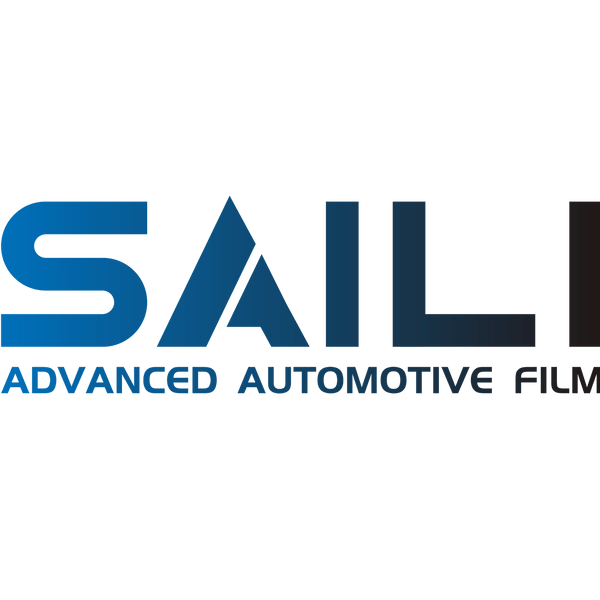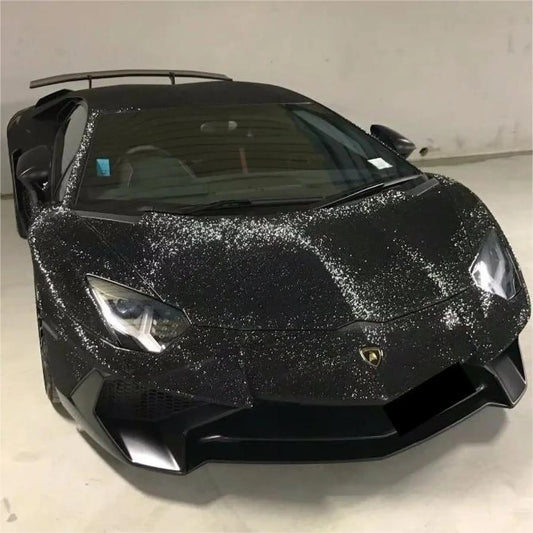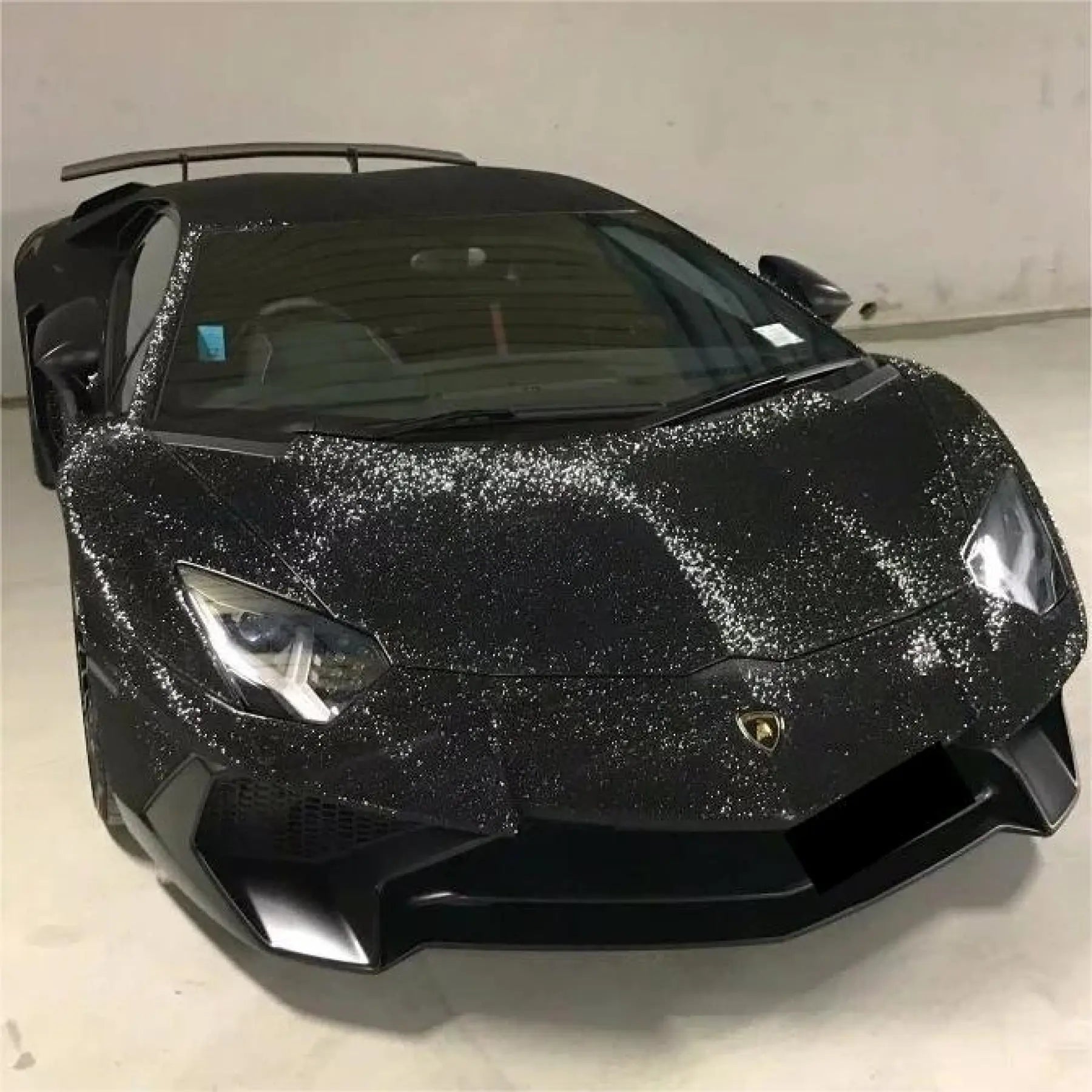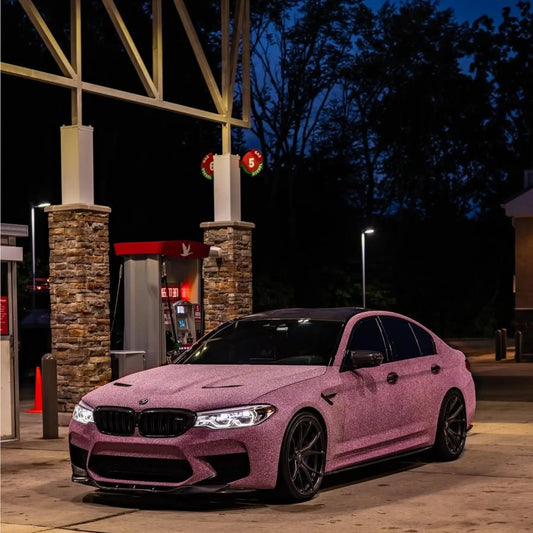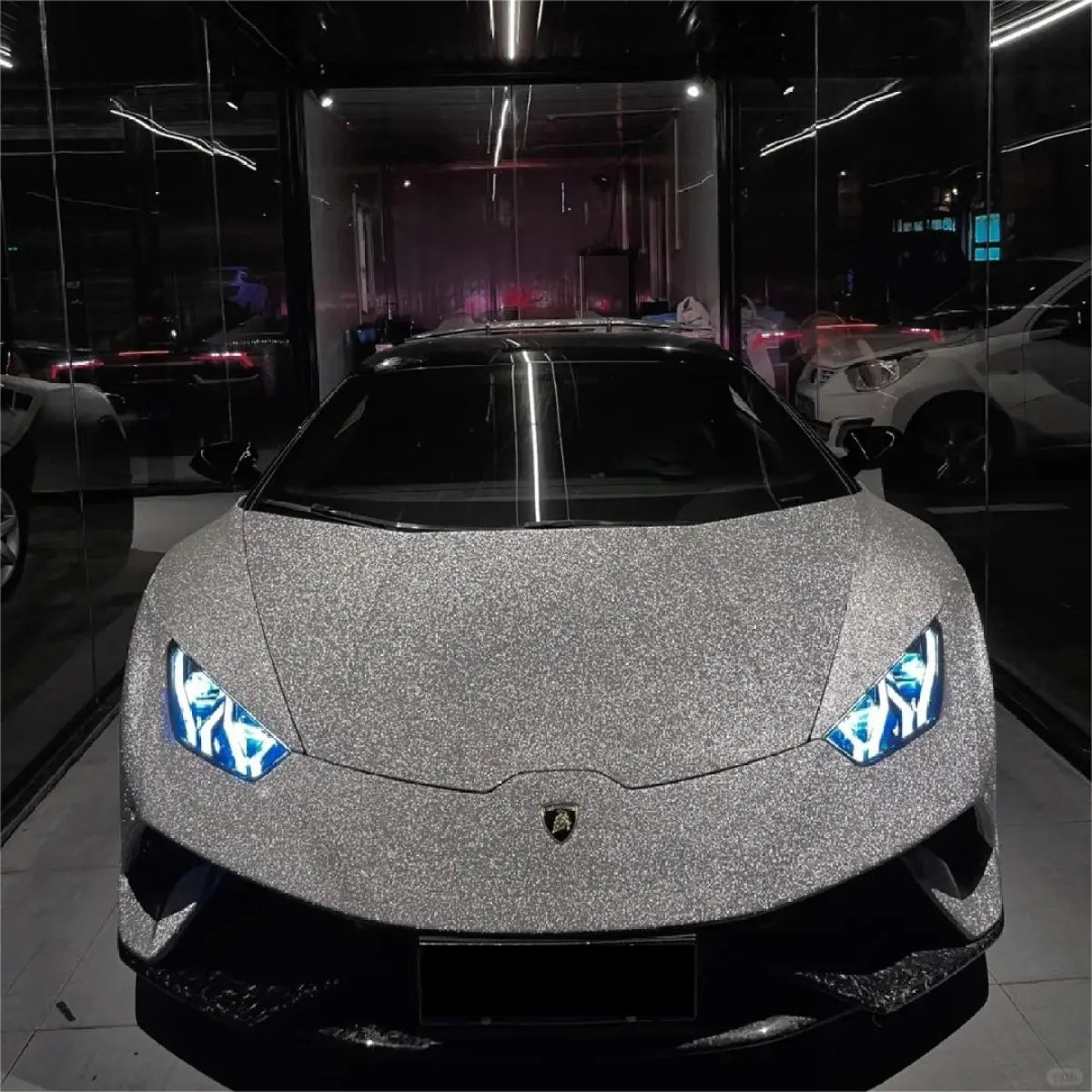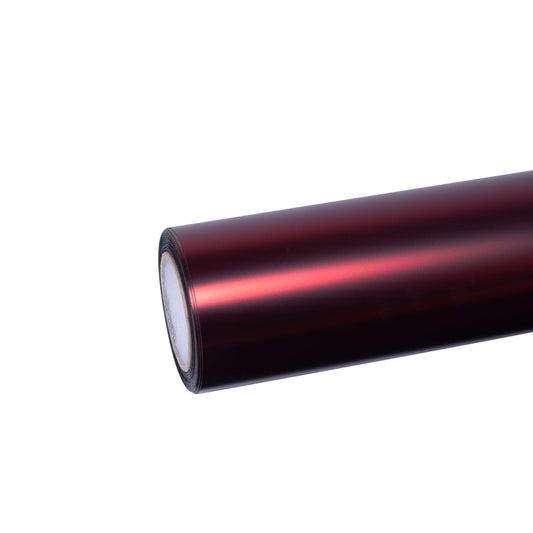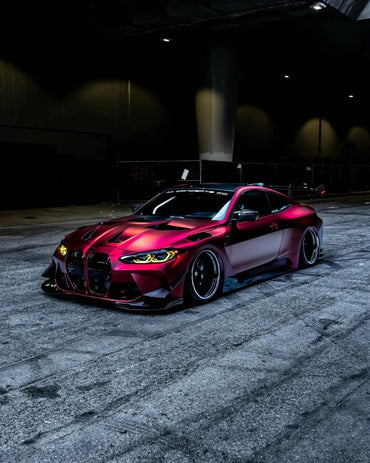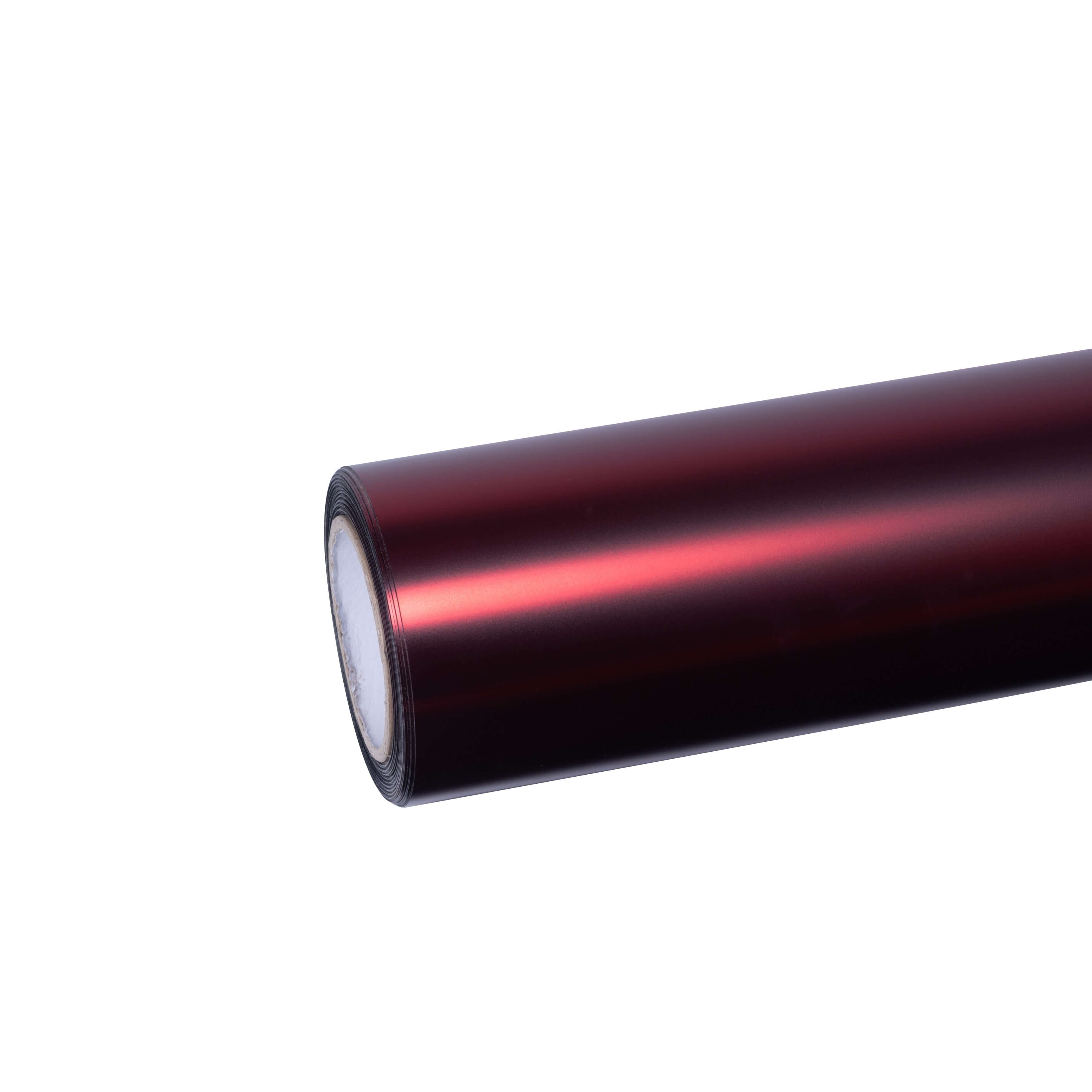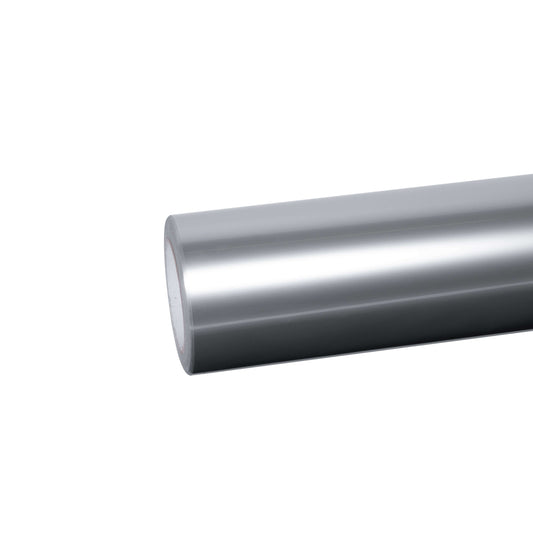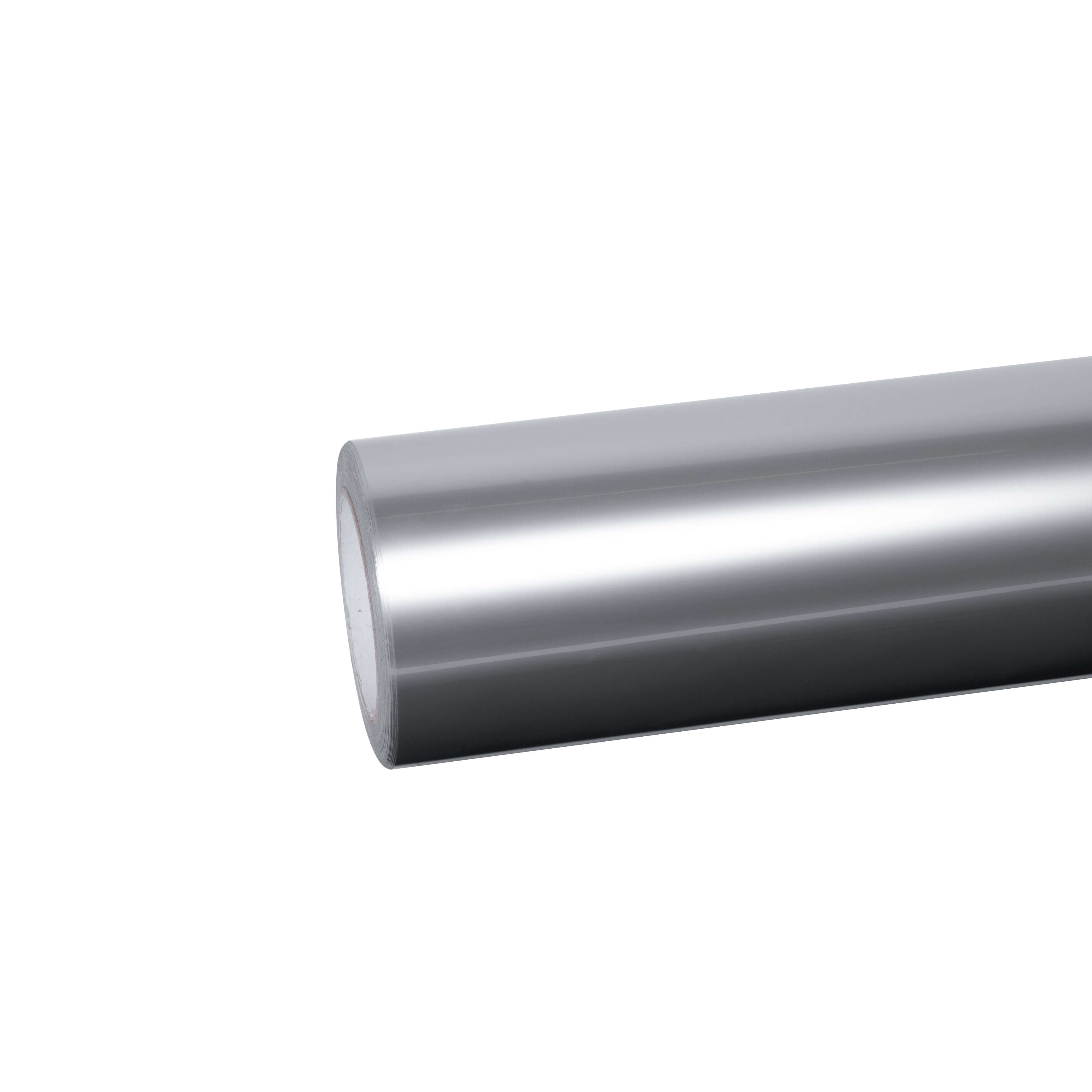Understanding Paint Protection Film Technology
Paint protection film, also known as clear bra or automotive PPF, is a thermoplastic urethane layer that acts as an invisible shield for your vehicle's exterior. This advanced material protects against rock chips, scratches, UV damage, and environmental contaminants while maintaining your car's original appearance.
Modern PPF technology has evolved significantly, with premium films offering self-healing properties that allow minor scratches to disappear when exposed to heat or sunlight. Whether you're considering colored paint protection film for a custom look or TPU paint protection wrap for maximum durability, understanding the installation process is crucial to achieving optimal results.
The Professional Installation Advantage
Precision and Expertise Matter
Professional PPF installers bring years of specialized training and hands-on experience to every project. According to industry data, 78% of DIY PPF installations require redoing within the first year due to common errors like bubbles, misalignment, and edge lifting.
When you choose professional installation, you're investing in:
Computer-Cut Precision: Professional shops use advanced cutting software that creates patterns tailored to your exact vehicle make and model. This technology ensures perfect coverage without guesswork, eliminating gaps or overlaps that compromise protection.
Controlled Environment: Professional installation bays maintain optimal temperature (60-80°F) and humidity levels (below 60%), which are critical for proper film adhesion. Your home garage simply cannot replicate these controlled conditions, which directly impact installation quality and longevity.
Advanced Application Techniques: Professional installers understand how to stretch and manipulate film around complex curves, body lines, and difficult access points. This expertise is especially valuable for vehicles with intricate design features or sharp contours.
Superior Materials and Tools
Professional installers have access to premium-grade PPF products that aren't available to general consumers. These films feature:
- Enhanced self-healing capabilities that respond to heat exposure
- Advanced hydrophobic top coats for superior water beading
- Improved optical clarity that maintains your paint's original appearance
- Superior adhesive systems designed for long-term bonding without paint damage
The tools make a difference too. Professional cutting plotters, specialized squeegees, commercial-grade heat guns, and proper lighting systems all contribute to a flawless finish that lasts 5-10 years when properly maintained.
Warranty Protection and Peace of Mind
Most reputable professional installers offer comprehensive warranties ranging from 5 to 12 years, covering issues like peeling, bubbling, discoloration, and defects. This warranty protection provides significant value and peace of mind that DIY installations simply cannot match.
If problems arise years down the road, you're covered. Professional shops also carry garage keepers insurance, protecting your vehicle should anything go wrong during installation—critical coverage when working on high-value or exotic vehicles.
The DIY Installation Reality Check
Cost Savings vs. Hidden Expenses
DIY PPF kits typically range from $200 to $800 for partial coverage, compared to $1,500-$3,000 for professional front-end installation. At first glance, the cost savings appear substantial. However, consider the hidden expenses:
- Tool Investment: Quality squeegees, heat guns, slip solution, application fluid, and cutting tools add up quickly
- Film Waste: First-time installers often ruin sections requiring replacement material
- Time Investment: A simple hood installation can take 3-4 hours for beginners; full front-end coverage may require an entire weekend
- Redo Costs: If mistakes occur, professional correction can cost more than original professional installation
Common DIY Mistakes and Challenges
Even with the best intentions, DIY installers face significant challenges:
Surface Preparation Errors: Improper cleaning accounts for 50% of installation failures. Any speck of dust, dirt, or wax residue trapped under the film becomes permanently visible and compromises adhesion. Professional-grade surface preparation requires specific degreasing agents, clay bar treatment, and isopropyl alcohol application—steps many DIYers underestimate or skip.
Alignment Issues: Getting the film perfectly aligned with body panels sounds straightforward until you're holding a slippery piece of film trying to position it correctly. Misalignment creates unsightly gaps that expose vulnerable areas or visible seams that collect dirt and moisture.
Bubble Formation: Air and moisture bubbles plague DIY installations. Without proper squeegee technique and adequate slip solution, eliminating all bubbles becomes nearly impossible. Professional installers use overlapping squeegee strokes and specific pressure techniques to achieve bubble-free results.
Edge Lifting: The edges represent the most vulnerable area for PPF failure. Improper edge sealing, inadequate heat application, or incorrect pressure during installation causes premature edge lifting, allowing dirt and moisture penetration that compromises the entire installation.
Stretching Problems: PPF requires precise stretching around curves and complex surfaces. Over-stretching creates distortion and premature peeling, while under-stretching leaves wrinkles and inadequate coverage. Finding this balance requires experience that only comes from multiple installations.
Environmental Challenges
Your garage or driveway introduces variables that significantly impact installation success:
- Temperature Fluctuations: Cold environments make film stiff and difficult to work with, while excessive heat causes premature adhesive activation
- Dust and Debris: Open environments introduce contaminants that become trapped under the film
- Lighting Issues: Poor lighting prevents you from spotting bubbles, dirt, or alignment problems during application
- Humidity Concerns: High humidity can cause adhesive blooming and cloudy finishes
Installation Costs: Breaking Down the Numbers
Professional Installation Investment
Professional PPF installation pricing in 2025 varies by coverage area and vehicle complexity:
Partial Front Coverage ($1,200-$2,000): Protects high-impact areas including the front bumper, partial hood, partial fenders, and side mirrors. Ideal for daily drivers seeking essential protection without full vehicle coverage.
Full Front Coverage ($1,800-$3,500): Comprehensive protection including full hood, full bumpers, full fenders, and side mirrors. This package offers the best value for most vehicle owners, protecting the most vulnerable areas from road debris.
Track Package ($3,500-$5,000): Adds rocker panels, A-pillars, rear impact zones, and additional high-wear areas. Perfect for performance vehicles or cars driven in aggressive conditions.
Full Vehicle Protection ($5,000-$8,000+): Complete coverage of every painted surface. The ultimate protection level for luxury vehicles, exotic cars, or owners wanting maximum paint preservation and resale value protection.
Additional cost factors include:
- Paint Correction: Pre-existing damage requires correction before installation, adding $500-$1,500
- Vehicle Complexity: Exotic or uniquely designed vehicles command premium pricing
- Film Quality: Premium films with advanced features cost more but deliver superior long-term performance
- Location: Urban markets and high-demand areas typically charge higher rates
DIY Kit Investment
DIY installation costs appear more budget-friendly initially:
- Basic Kit: $200-$400 for single panels or small areas
- Front-End Kit: $500-$1,000 for bumper, hood, and fenders
- Full Vehicle Kit: $2,000-$3,000 for complete coverage
However, factor in the tools, materials, time investment, and potential for costly mistakes. Many DIY attempts ultimately require professional correction, eliminating initial cost savings.
Color and Finish Options: Beyond Clear Protection
One significant advantage of PPF is the variety of finishes available beyond traditional clear film. At Sailifilm, we offer multiple options that combine protection with customization:
Colored Paint Protection Film: Transform your vehicle's appearance while adding premium protection. Available in glossy finishes including crystal sky blue, Ferrari red, blood red, crystal orange, arctic grey, and piano black, these films protect against damage while delivering a custom paint-like appearance.
Ultra Matte Wrap: Achieve a sophisticated satin finish that offers the same protection as gloss PPF with a distinctive matte aesthetic. This option is increasingly popular for luxury and performance vehicles seeking a unique appearance.
Dual Color Dream Vinyl Wrap: For those wanting even more customization, dual-color options create stunning visual effects while maintaining protective qualities.
Professional installation becomes even more critical with colored and specialty films, as any alignment errors or bubbles become more visible than with clear PPF.
Specialized Protection Solutions
Beyond standard PPF, Sailifilm offers specialized protection products designed for specific needs:
Glitter Sparkle Car Wrap: Add eye-catching sparkle while protecting your vehicle's paint. These specialty films require expert installation to achieve proper alignment and avoid visible seams.
Liquid Chrome Wrap: Mirror-like finishes create dramatic visual impact. Due to the reflective nature, installation perfection is essential—every imperfection shows in the chrome surface.
Metallic Vinyl Wrap: Metallic finishes add depth and dimension while protecting against environmental damage. Professional installation ensures consistent appearance across all panels.
3D Carbon Fiber Wrap: Achieve the carbon fiber look without the cost or weight. Pattern alignment across panels requires professional precision for seamless results.
Making the Right Choice for Your Vehicle
When DIY Makes Sense
Consider DIY installation if you:
- Have previous experience with automotive detailing or vinyl application
- Can invest significant time learning proper techniques
- Have access to a controlled, dust-free environment
- Are protecting a single, simple panel as a learning project
- Understand and accept the risk of suboptimal results
- Are willing to start over if mistakes occur
When Professional Installation is Essential
Choose professional installation if you:
- Own a luxury, exotic, or high-value vehicle
- Want warranty protection and guaranteed results
- Lack experience with automotive film application
- Value your time and want quick, reliable results
- Are protecting complex body panels with intricate curves
- Want full vehicle coverage or specialty finishes
- Need the installation completed correctly the first time
- Plan to maintain maximum resale value
Installation Tools and Materials
Essential Tools for Any PPF Project
Regardless of whether you choose professional or DIY installation, understanding the tools involved helps you appreciate the complexity:
Application Tools: Professional-grade squeegees with felt edges, spray bottles for slip and tack solutions, microfiber towels for cleaning and drying, and heat guns for film manipulation and edge sealing.
Surface Preparation: pH-neutral car shampoo, clay bars for contaminant removal, isopropyl alcohol for final degreasing, and surface prep solutions for invisible contamination.
Cutting and Trimming: Sharp utility knives with fresh blades, cutting tape to protect paint, and rulers or guides for straight edges.
Browse Sailifilm's wrapping tools collection to see the professional-grade equipment required for quality installations.
Long-Term Protection and Maintenance
Professional Installation Longevity
When professionally installed with quality materials, PPF delivers 5-10 years of reliable protection. Proper maintenance extends this lifespan:
- Wait 5-7 days after installation before washing to allow proper curing
- Use pH-neutral car shampoos designed for PPF
- Avoid automatic car washes with harsh brushes
- Apply ceramic coating for enhanced hydrophobic properties
- Park in covered areas when possible to minimize UV exposure
- Address any edge lifting or bubbling immediately under warranty
DIY Installation Durability Concerns
DIY installations typically last 1-3 years before issues develop. Common problems include:
- Edge lifting requiring professional correction
- Bubble formation over time
- Discoloration from improper material or installation
- Reduced protective effectiveness from improper adhesion
- Visible dirt trapped under the film from preparation errors
The Resale Value Equation
Professional PPF installation positively impacts resale value by:
- Preserving original factory paint in pristine condition
- Demonstrating proper vehicle care and maintenance
- Providing documentation of professional protection installation
- Preventing depreciation from paint chips, scratches, and fading
Vehicles with properly maintained PPF often command higher resale prices that exceed the original installation cost. DIY installations may not provide the same resale benefits, especially if application issues are visible.
Industry Trends and Future Outlook
The paint protection film market continues experiencing robust growth, projected to reach $890 million by 2034 with a 6.5% compound annual growth rate. This expansion reflects increasing consumer awareness of PPF benefits and technological advancements in film materials.
Key trends shaping the industry include:
Self-Healing Technology: Advanced self-healing top coats that repair minor scratches from heat exposure are becoming standard in premium PPF products. According to research on paint protection film technology, these innovations significantly extend film lifespan and maintain appearance.
Color and Customization: Colored PPF options are surging in popularity, allowing vehicle owners to change their car's appearance while adding protection. Sailifilm's colored paint protection film collection exemplifies this trend.
Sustainability Focus: Eco-friendly films using recyclable thermoplastic polyurethane and non-toxic resins are gaining market share as environmental consciousness grows.
AI-Assisted Installation: Professional shops are adopting AI cutting software that achieves pixel-perfect precision, reducing waste and installation time while improving results.
Practical Installation Considerations
Climate and Environmental Factors
Your geographic location and climate significantly impact PPF installation success and longevity:
Hot Climates: Vehicles in sunny regions benefit most from PPF's UV protection, preventing paint fading and oxidation. However, installation in excessive heat requires careful timing and technique.
Cold Climates: Winter weather poses challenges for DIY installation as cold temperatures make film stiff and difficult to manipulate. Professional installers maintain climate-controlled facilities year-round.
Coastal Areas: Salt air and ocean spray accelerate vehicle wear, making PPF especially valuable. Professional installation ensures proper edge sealing to prevent moisture intrusion.
Urban Environments: City driving increases exposure to road debris, parking lot damage, and environmental contaminants, justifying comprehensive PPF coverage professionally installed.
Before You Decide: Sample Testing
Many car owners benefit from testing PPF before committing to full installation. Consider ordering sample kits to:
- Evaluate material quality and appearance
- Test installation difficulty on small sections
- Compare different finishes and colors
- Develop basic application skills before larger projects
- Make informed decisions about professional versus DIY installation
Expert Recommendations and Best Practices
Surface Preparation Critical Steps
Professional installers follow rigorous preparation protocols:
- Initial Wash: Thorough cleaning using pH-neutral automotive soap
- Decontamination: Clay bar treatment to remove embedded particles
- Degreasing: Isopropyl alcohol application to eliminate invisible oils
- Inspection: Careful examination under proper lighting for any remaining contaminants
- Final Prep: Surface prep solution application immediately before film installation
Skipping any step compromises adhesion and long-term performance.
Installation Environment Control
Professional shops maintain:
- Temperature control between 60-80°F
- Humidity levels below 60%
- Filtered air systems minimizing dust
- Adequate lighting from multiple angles
- Clean work surfaces and tools
Home installations cannot match these controlled conditions, significantly impacting results.
The Final Verdict: Protection Comparison
Professional Installation Delivers Superior Protection
Professional PPF installation consistently outperforms DIY attempts across every metric:
Durability: Professional installations last 5-10 years versus 1-3 years for DIY projects Appearance: Bubble-free, seamless application versus visible imperfections Coverage: Precise edge-to-edge protection versus gaps and exposed areas Warranty: 5-12 year guarantees versus no coverage for DIY errors Resale Value: Documented professional protection versus questionable DIY work
When Cost Justifies DIY
DIY installation makes financial sense only when:
- Installing single, simple panels for learning experience
- Protecting a low-value vehicle where appearance imperfections are acceptable
- Possessing significant experience with automotive film application
- Having access to proper tools and controlled environment
- Willing to accept limited longevity and potential redo costs
Conclusion: Making Your Protection Decision
The choice between professional and DIY paint protection film installation ultimately depends on your priorities, skills, budget, and vehicle value. While DIY kits offer initial cost savings, professional installation delivers superior protection, appearance, longevity, and peace of mind that justify the investment for most vehicle owners.
Professional installation becomes especially critical when working with premium materials, specialty finishes, or high-value vehicles where perfection matters. The expertise, tools, controlled environment, and warranty protection that professionals provide cannot be replicated in home installations.
For vehicle owners seeking maximum protection and value retention, professional PPF installation represents a wise investment that pays dividends through preserved paint condition, enhanced appearance, and increased resale value. Browse Sailifilm's complete PPF collection to explore your protection options.
Consider your vehicle's value, your skill level, your available time, and your quality expectations when making this important decision. Your car's paint represents a significant investment worth protecting properly—whether through professional expertise or carefully executed DIY effort.
Ready to protect your vehicle? Explore Sailifilm's comprehensive selection of TPU paint protection wrap, colored films, and specialty finishes to find the perfect protection solution for your automotive needs.
